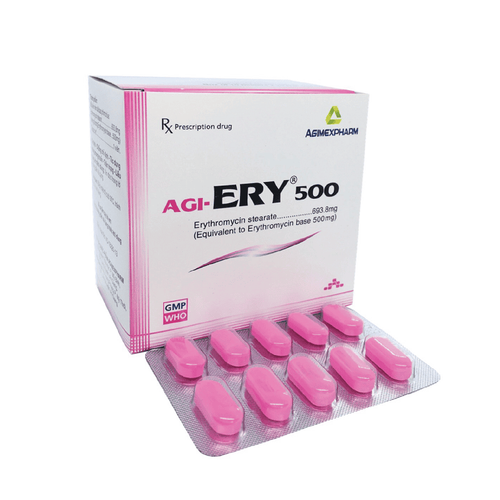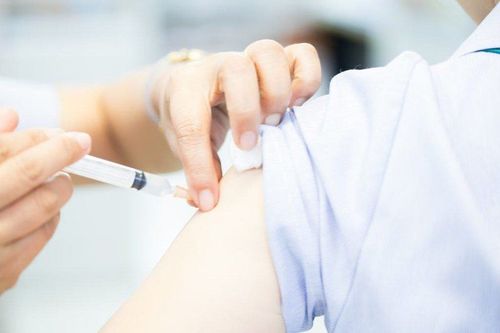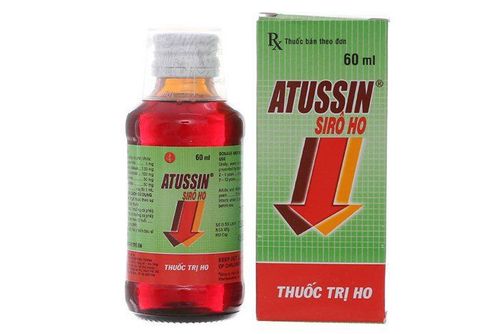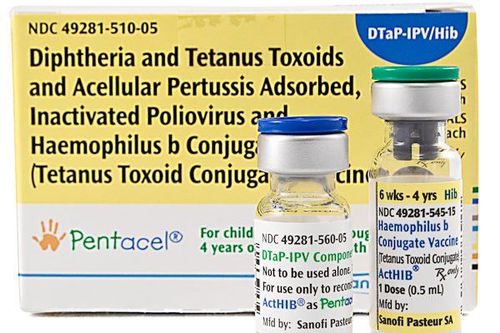This is an automatically translated article.
The article is professionally consulted by Master, Doctor Doan Ngoc Quynh - Pediatrician - Pediatric Center - Vinmec Times City International Hospital.Whooping cough is a respiratory infection characterized by persistent dry coughs. The disease is very contagious in humans through respiratory droplets and secretions. Despite the availability of highly effective preventive vaccines, pertussis remains a significant cause of morbidity and mortality in children under 2 years of age. Accordingly, the characteristics of whooping cough in children should be remembered by parents to identify accurately so that they can bring their children to timely treatment.
1. What is pertussis?
Whooping cough is a highly contagious acute respiratory disease caused by the bacterium Bordetella pertussis. This is a gram-negative cocci, which is highly contagious through airborne droplets from the respiratory tract of an infected person. Transmission occurs during the latent stage, which is the first 2 to 3 weeks until full bloom. This means that an infected person can unknowingly spread it to others even when there are no symptoms at all so that it can be proactively prevented.Characteristic of the disease is coughing episodes with a special "hissing" sound when inhaled, so the disease is collectively known as whooping cough. During a cough, the respiratory muscles are stimulated and constricted, which can cause temporary and potentially reversible hypoxia. However, for infants with pertussis, their ability to support the airways is still immature, the child may not have a cough reflex but fall into short or prolonged apnea, causing cyanosis, easily life-threatening if not detected in time.
Fortunately, the incidence of pertussis has decreased significantly since the DPT vaccine (Diphtheria Pertussis Tetanus - against diphtheria, pertussis, tetanus) became widely used. However, the neglect and subjectivity in vaccinating infants and young children in some areas have made pertussis at risk of outbreaks into periodic epidemics in recent years.

2. What are the characteristics of whooping cough in children?
Pertussis presents with clinical features in three stages: incubation, or latent, fulminant, and regressive.Stage 1: Incubation stage (latent stage) Characterized by:
Runny nose Mild fever Cough that is mild or only occasional and gradually gets worse Symptoms of pertussis incubation period usually develops within 5 to 10 days of exposure but does not last more than 3 weeks. At this point, the symptoms are sometimes indistinguishable from other simple respiratory infections.
Stage 2: Full-blown stage Characterized by:
Coughing a lot, coughing into a long stream of many sounds that comes out quickly due to difficulty in secreting thick mucus from the trachea Take a quick breath to compensate for nutrients Post-colic cough and a high-pitched squeak at the end of inspiration Contraction of respiratory muscles on chest wall, sternal cavity, and abdominal muscles Cyanosis Vomiting Ease of respiratory exhaustion Timing of cough attacks is frequent at night, with an average of 15 attacks in 24 hours. Frequency is usually greatest in the first 1-2 weeks, lasts for 2-3 weeks and then gradually decreases.
Stage 3: Regression phase Relieves expectorant cough Persistent cough, dry cough that disappears after 2-3 weeks Gradual recovery of respiratory capacity May turn to a full-blown stage with multiple respiratory infections subsequent infection after pertussis .
2. Things parents should remember to correctly identify whooping cough in children
The most important thing parents should remember is to always think about the possibility of pertussis when their child has a cough. This helps to be aware that it can be a serious illness, especially for infants, and that treatment should be sought immediately. Once a diagnosis of pertussis is thought to run in the family, parents need to avoid exposing their children to people who are coughing.In infants and young children, the typical episodic manifestations above may be uncommon. Children may cough with minimal frequency or no cough at all, and the main symptom may be cyanosis due to apnea. Therefore, unvaccinated or incompletely vaccinated infants under 12 months of age are at high risk of severe complications and sudden death.
In addition, the disease can still be acquired, but the symptoms may be milder and only a dry cough is characteristic of pertussis in children, adolescents and previously vaccinated adults.
3. How can whooping cough be prevented?
The best way to prevent pertussis is through vaccination. The diphtheria - tetanus - pertussis (DTP3) vaccines include three main doses to reduce the risk of severe pertussis in young children.The World Health Organization (WHO) recommends the first dose of pertussis vaccine at 6 weeks of age with subsequent doses 4-8 weeks apart, at 10-14 weeks and 14- 18 weeks. An immune-boosting vaccine is also recommended, preferably during the child's second year of life. However, based on the local epidemiology of the region, a repeat booster dose may also be used to increase reassurance later in life.
Besides, vaccination against whooping cough for pregnant women has also proven effective in preventing the disease in children who have just been born, have not yet been vaccinated, and especially children who for some reason cannot Vaccinations such as premature babies, immunocompromised children or those with serious diseases.
Compared with the benefits, the adverse reactions caused by vaccination with the vaccine are insignificant. Adverse reactions may be local reactions such as pain, redness (red rash) or swelling. On the other hand, a child's higher than normal body temperature should also be considered a common systemic reaction to pertussis vaccine. In rare cases, a child may develop a high fever. However, other serious systemic reactions such as convulsions, shock and hypersensitivity reactions (anaphylaxis) or encephalitis (encephalopathy) are very rare.

4. Pertussis vaccination at Vinmec
With the role of comprehensive health care for the community, Vinmec International General Hospital is ready to provide vaccination needs for most infectious diseases circulating in Vietnam. As a place of trust for many parents, Vinmec has become a reliable place to vaccinate babies and young children. In particular, vaccines against whooping cough, diphtheria, and tetanus are one of the mandatory injections in the national expanded immunization program.Thanks to high-quality infrastructure and professional staff, the role of vaccination at Vinmec International Hospital is increasingly popular, becoming a place to perform disease prevention and health care. Comprehensive fit for all family members. For young children alone, when bringing their children to be vaccinated at Vinmec, parents will be satisfied with the service conditions, kindness, courtesy and the function of reminding the child's vaccination schedule as well as periodic pediatric growth check-ups during the day. each visit. And most of all, it is a space to keep track of the disease after vaccination, which is both a place for children to play, and an environment for parents to exchange and advise on child-rearing knowledge.
In summary, whooping cough is an infectious disease that is very contagious and has quite typical manifestations in the full-blown stage. However, when children reach this stage, pertussis will cause threats to the airways, life-threatening in young children if not detected in time. Therefore, parents should remember to accurately recognize whooping cough in children to take them to the doctor as soon as possible, but the most important thing is still proactively preventing this disease, ensuring the best protection. protect children from childhood illnesses.
If you notice any unusual problems in your child, you should take your baby to see a doctor and consult a specialist.
Please dial HOTLINE for more information or register for an appointment HERE. Download MyVinmec app to make appointments faster and to manage your bookings easily.














